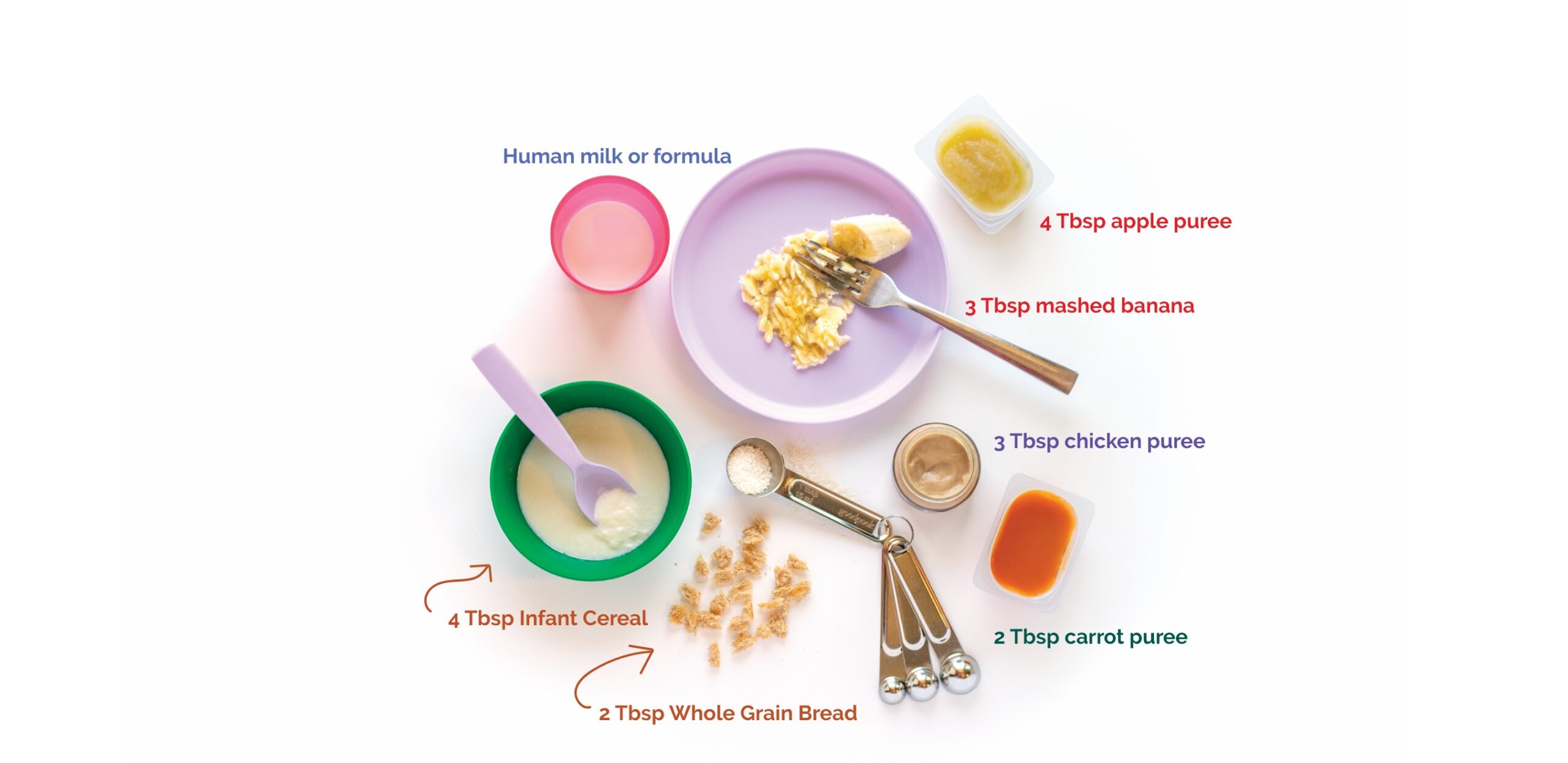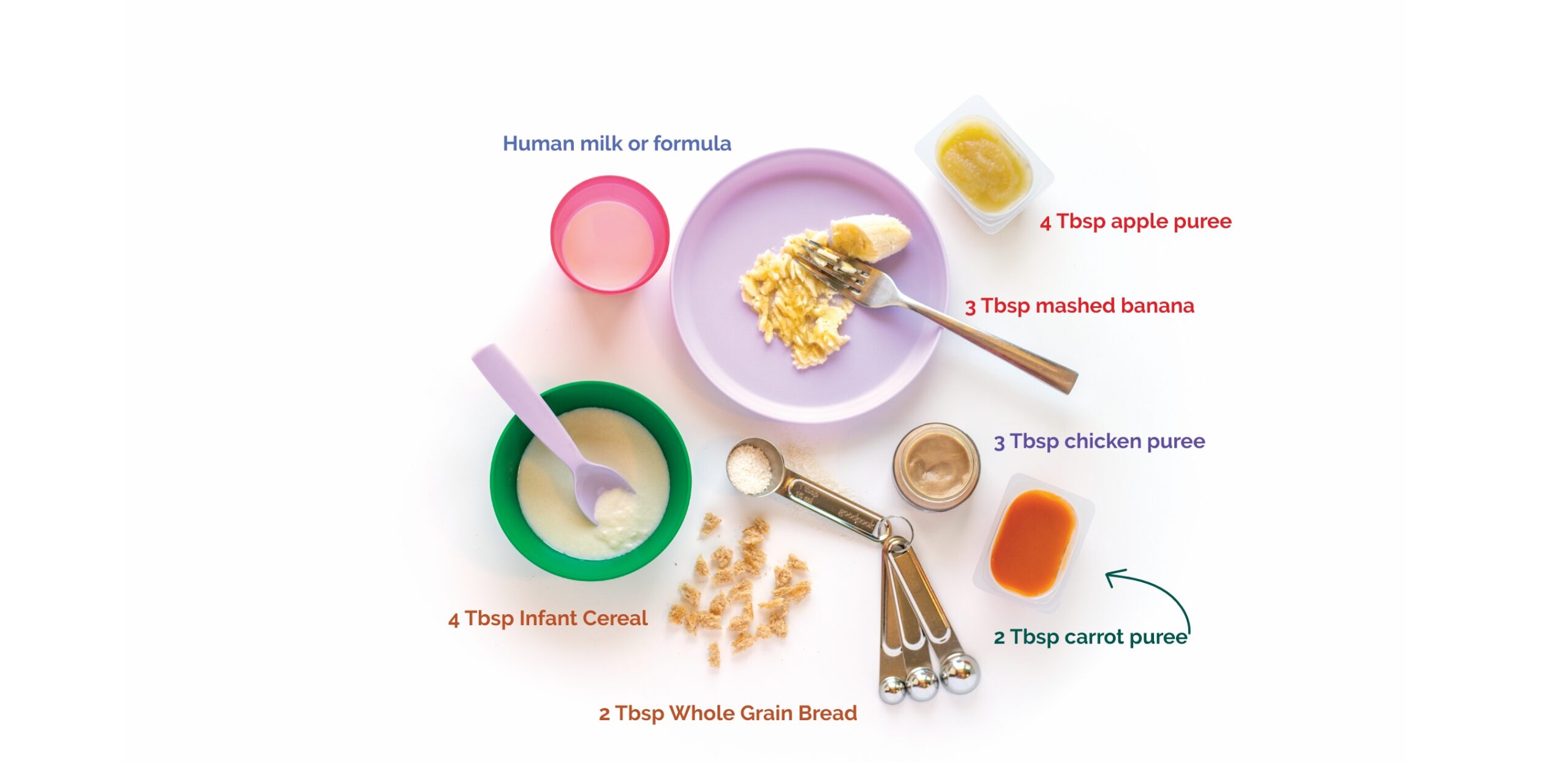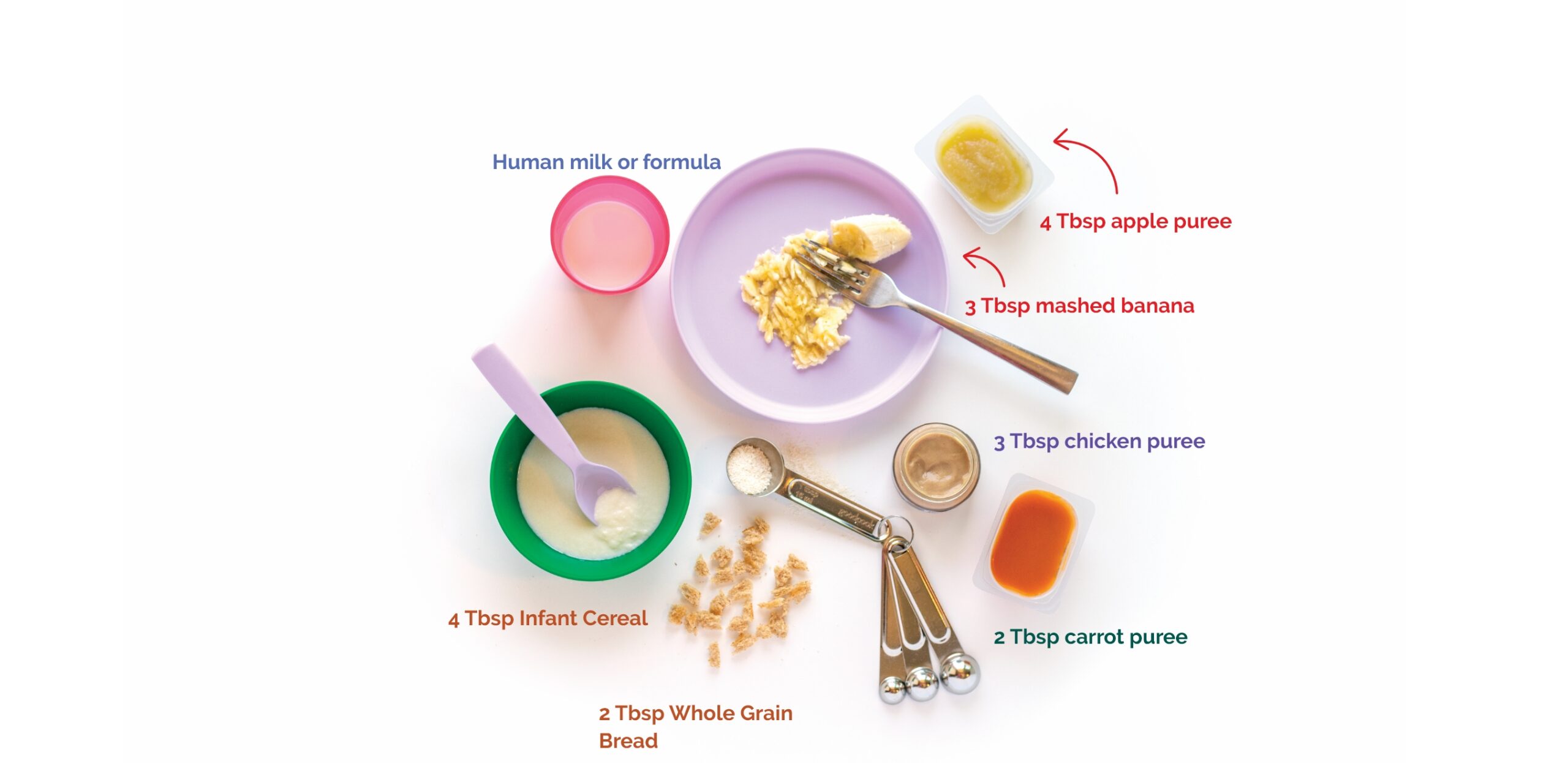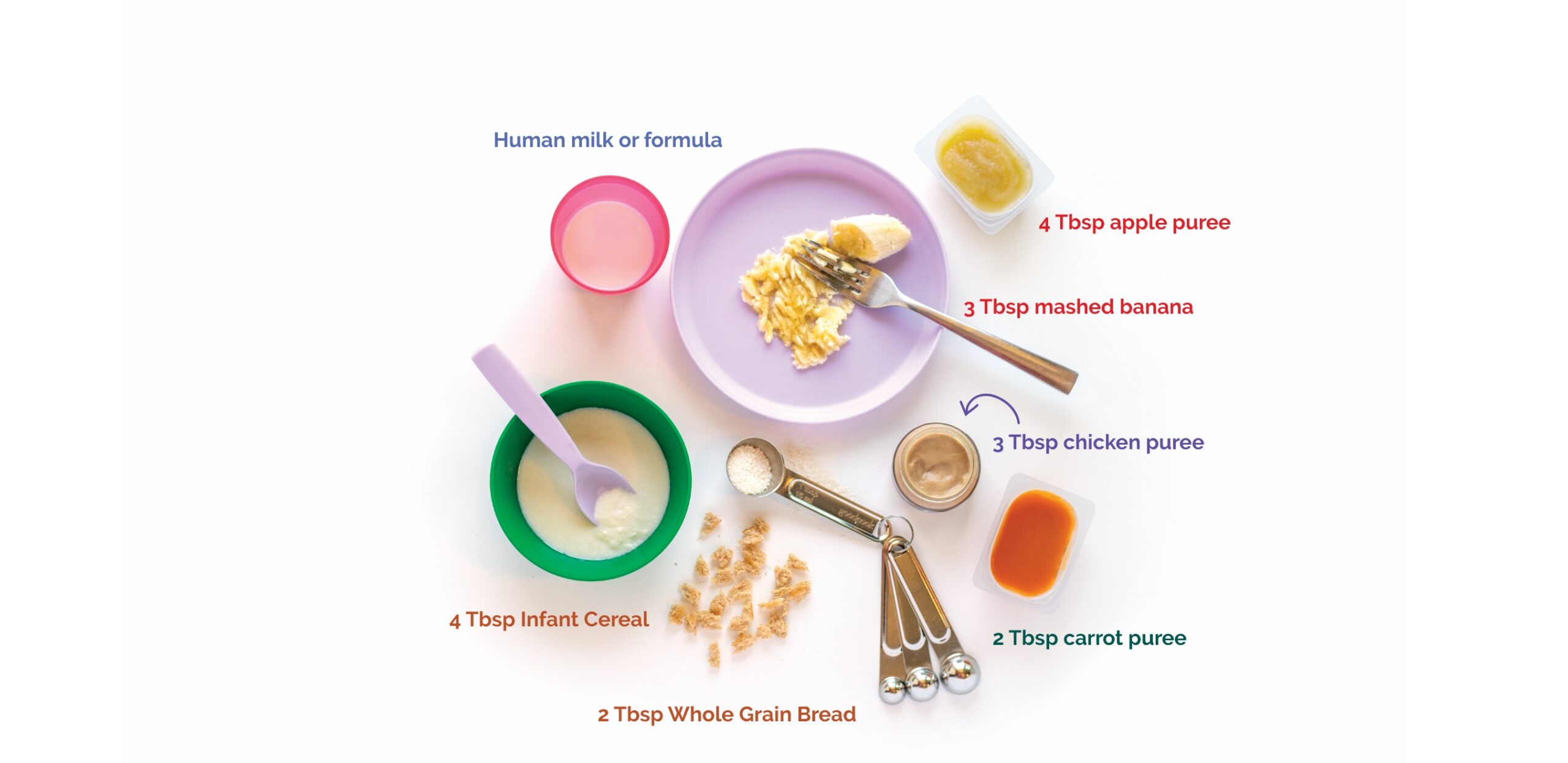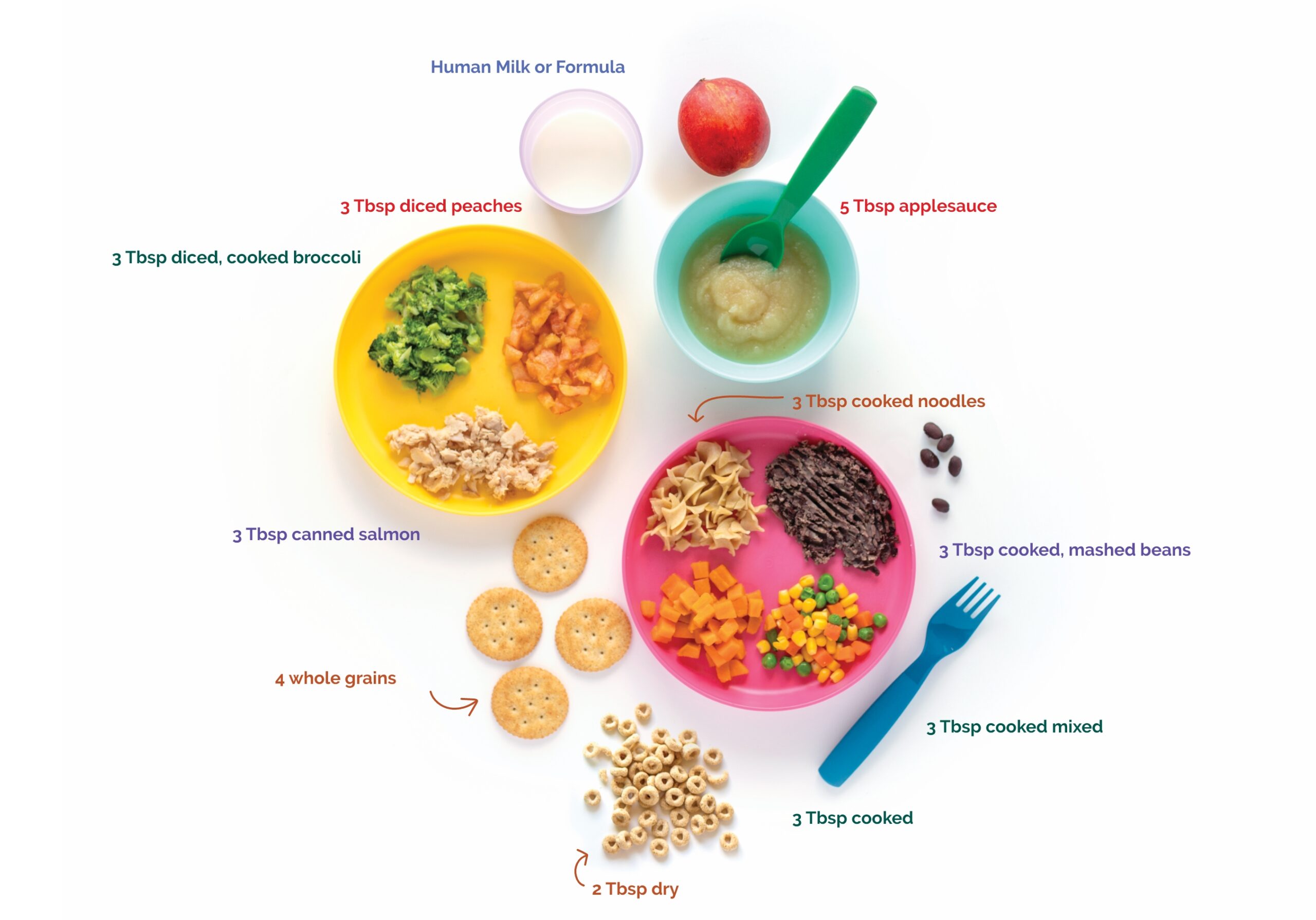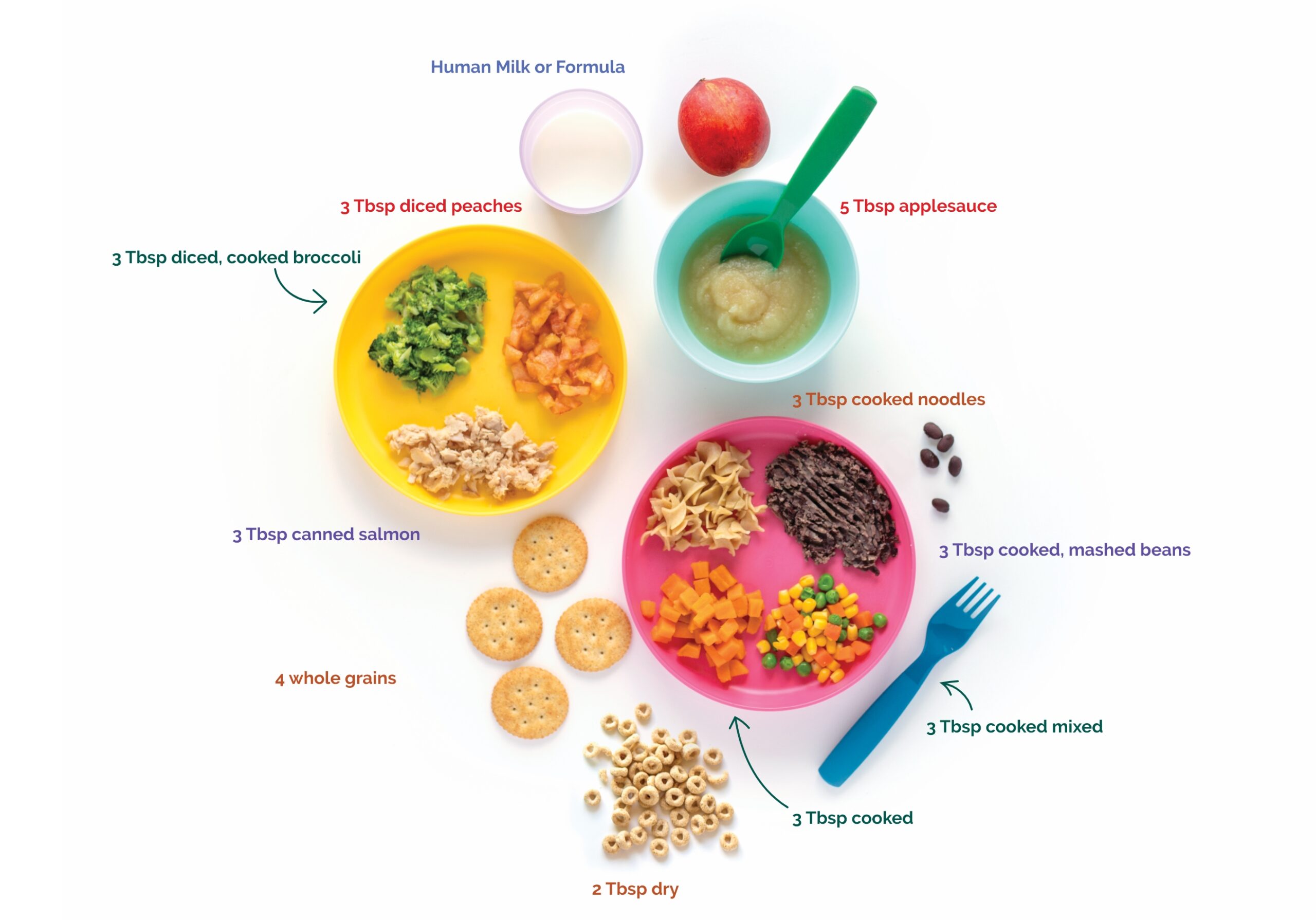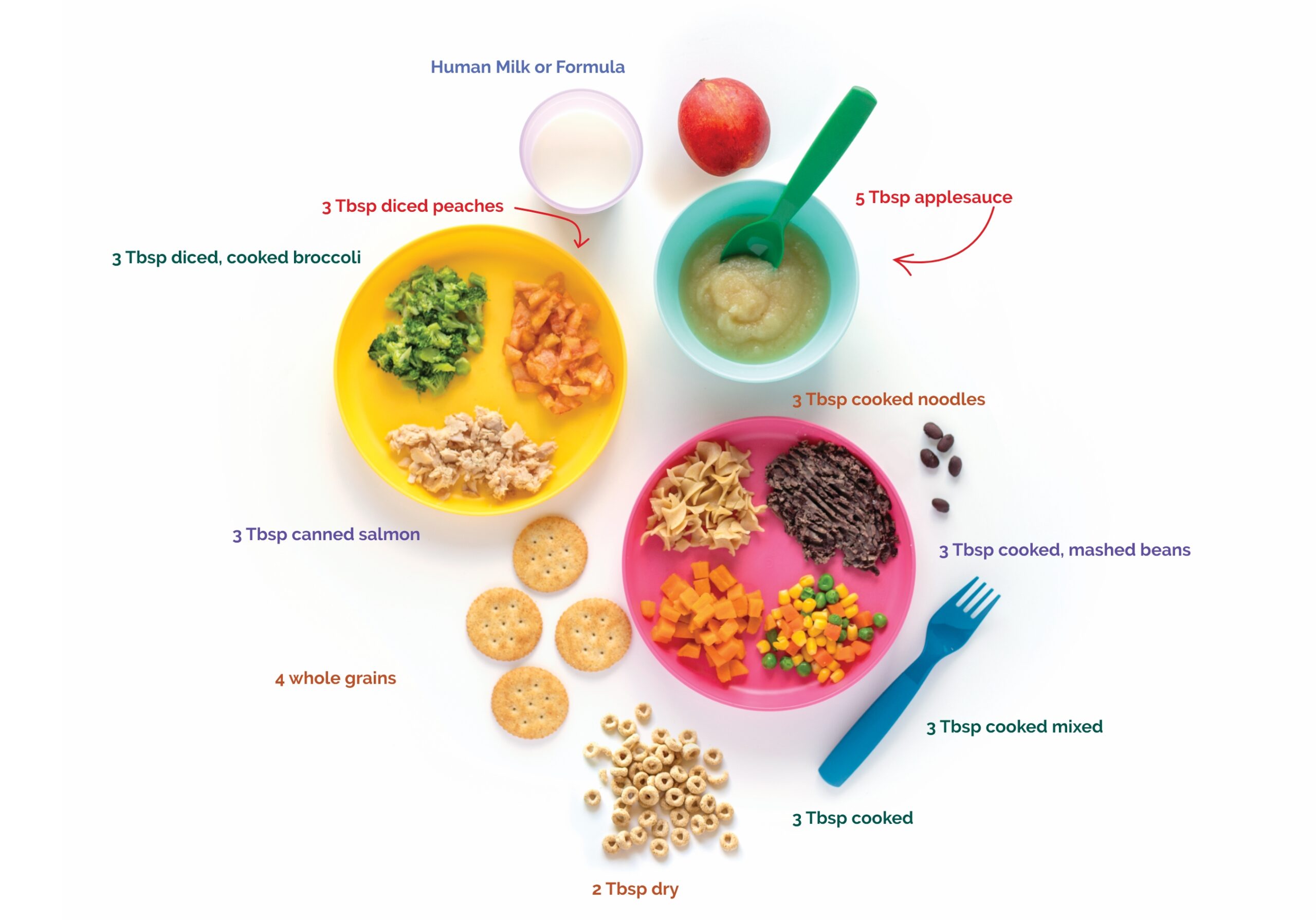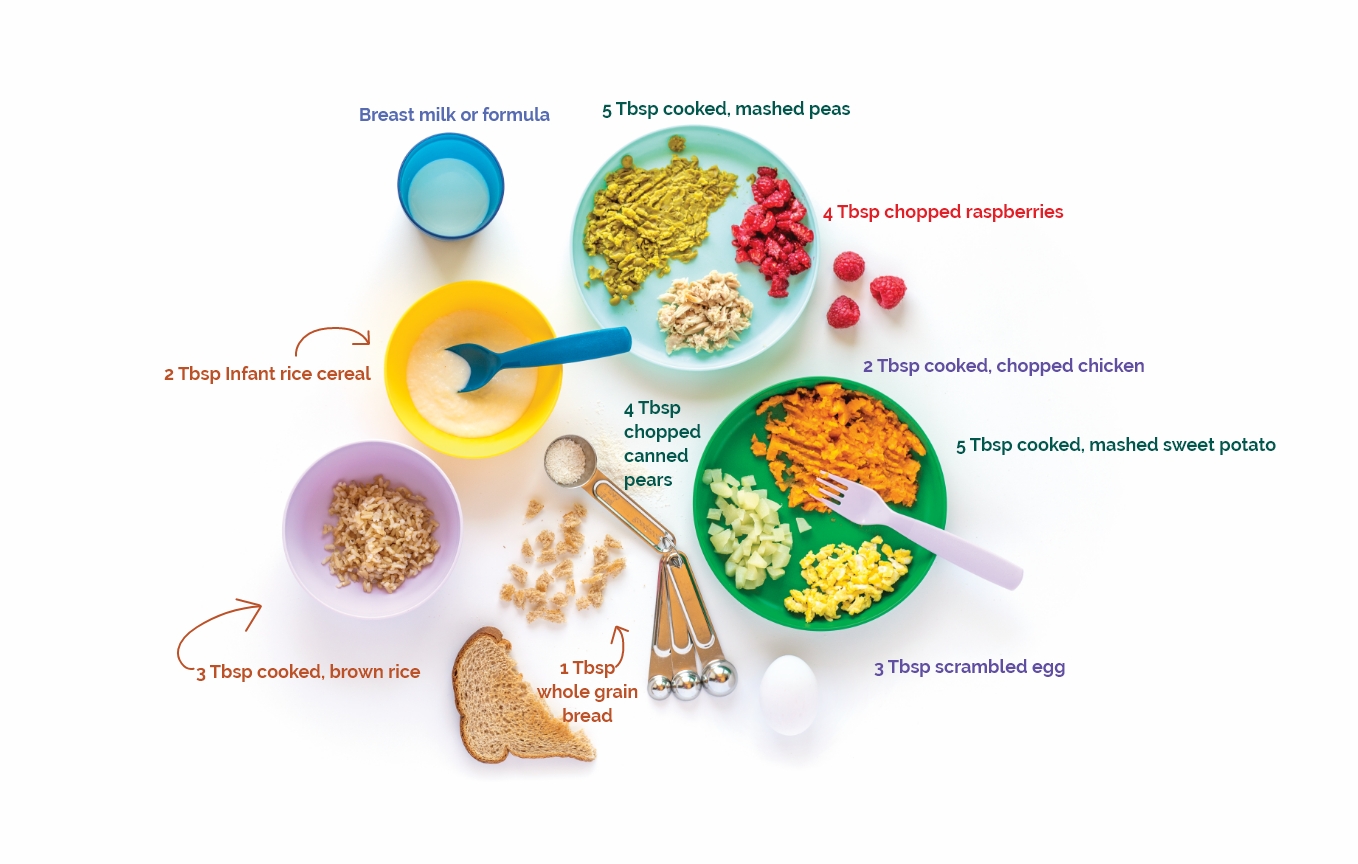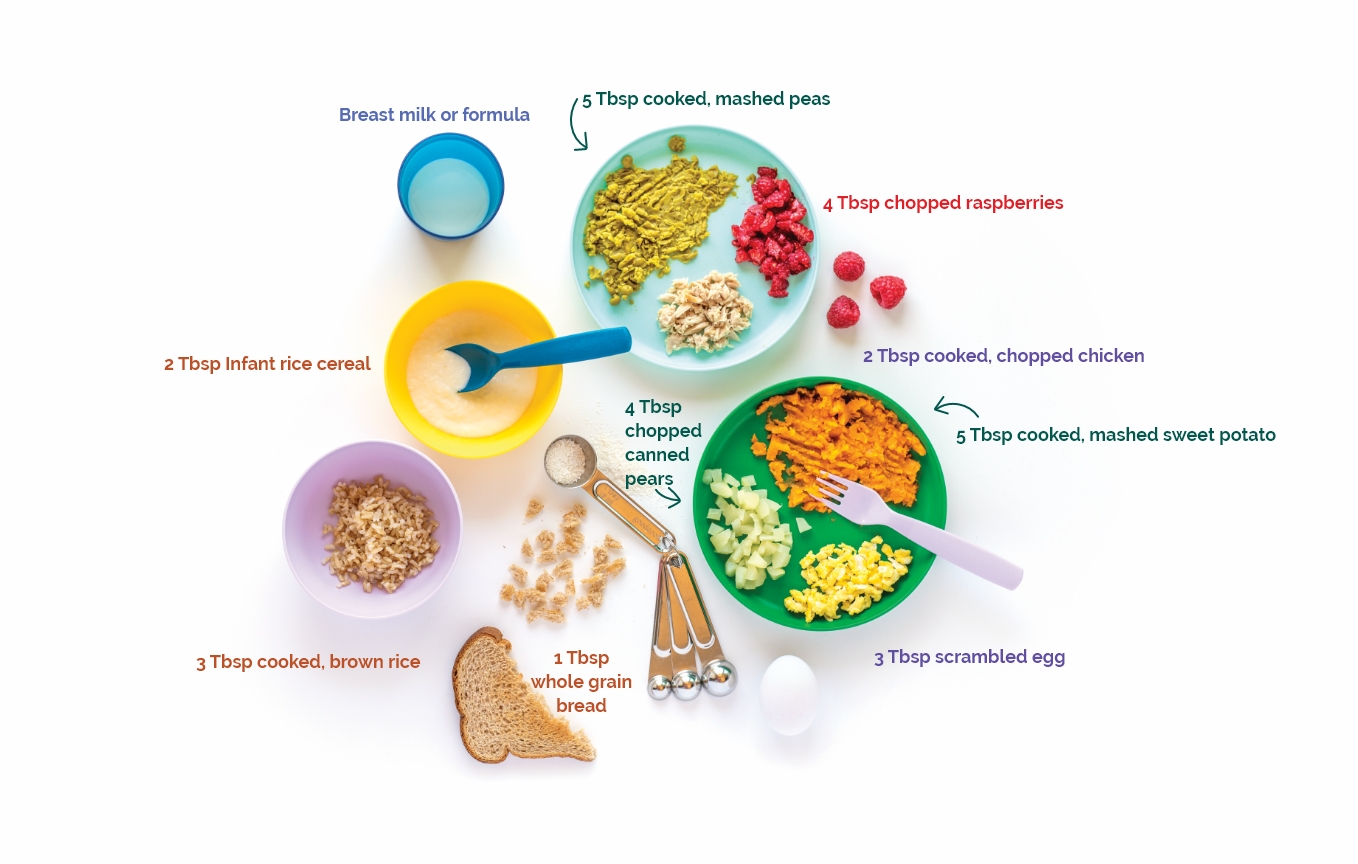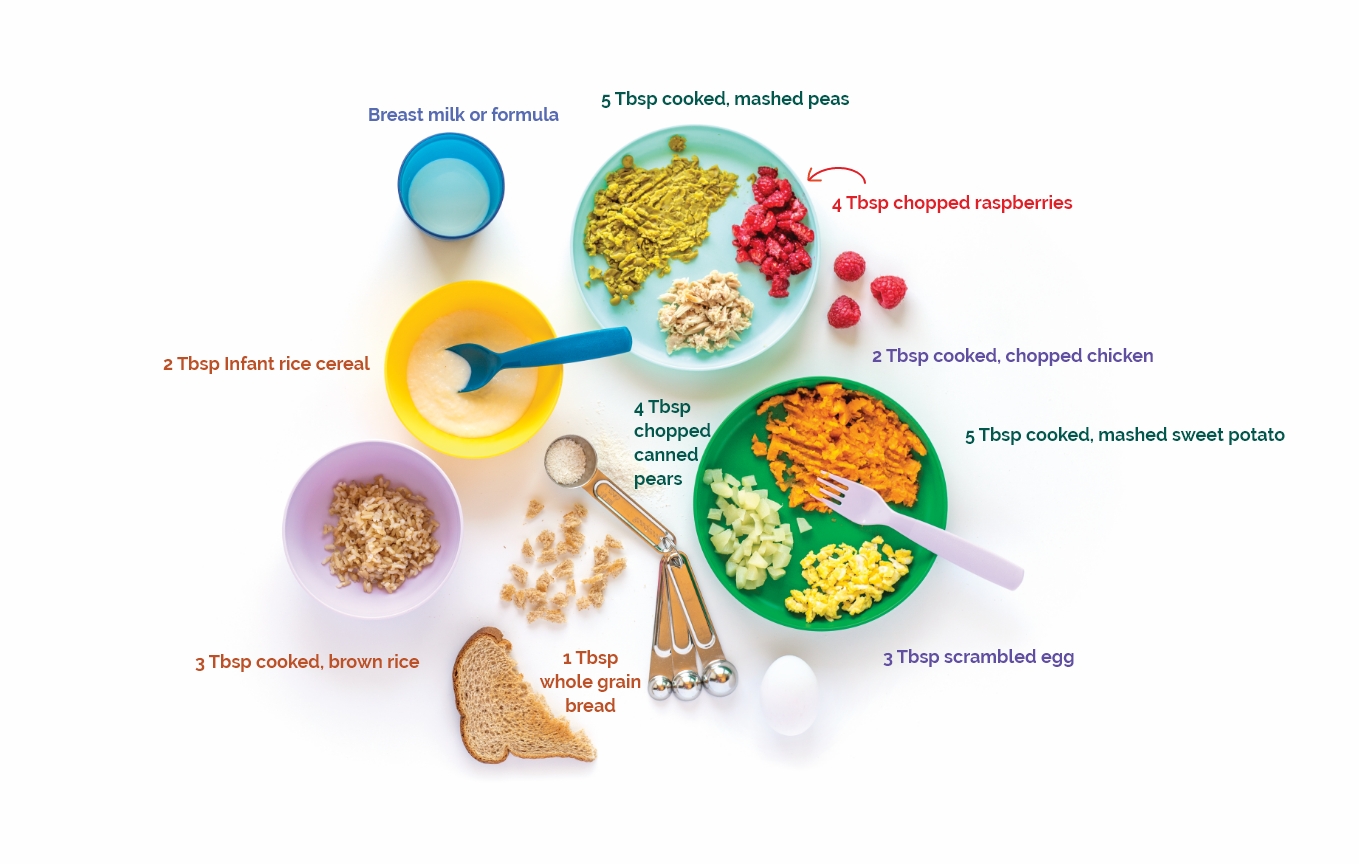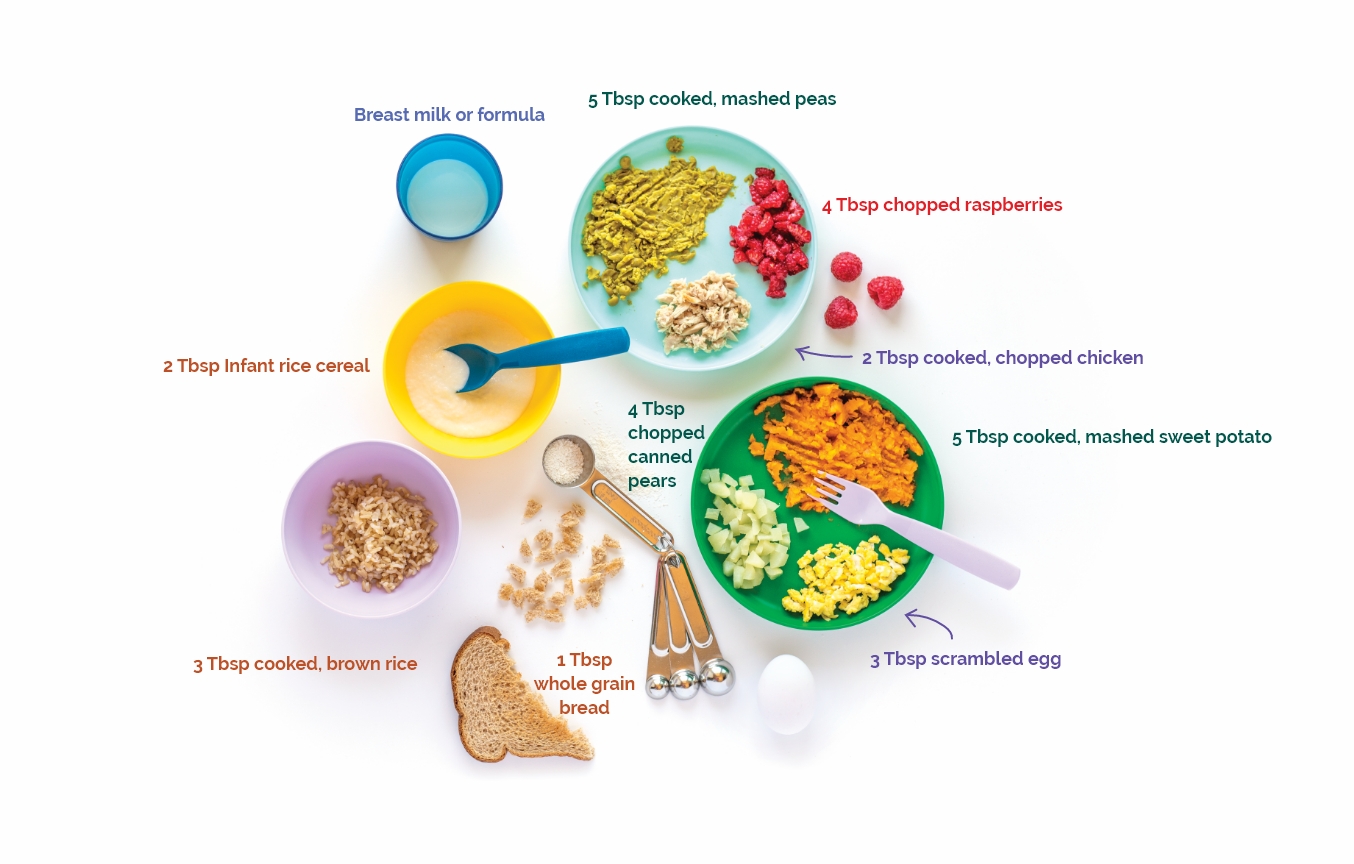
Bugs Bunny Soup
Bridget Swinney MS, RDN, LD
- Home
- Live Well Blog
- Bugs Bunny Soup
Bridget Swinney MS, RDN, LD
This creamy soup is for all the silly “wabbits” in your house! It’s a perfect start to a healthy family meal and great for those who don’t always like the texture of veggies.
The carrots in this recipe are rich in vitamin A, which are important for a healthy immune system, vision, and skin. Carrots also contain Lutein and Zeaxanthin, which are antioxidants important for a growing baby’s eye and brain development during pregnancy and also in the early years of life. Lutein, Zeaxanthin, and other carotenoids are also found in breast milk, depending on how much is in the mom’s diet.
Ingredients:
- 1 tablespoon oil (canola, olive, or avocado oils are best)
- ½ medium onion, chopped (about 1 cup)
- 3 stalks of celery, threads removed and sliced (1 heaping cup)
- 1 pound of peeled and sliced carrots or baby carrots (about 4 cups)
- 1 ½ cups water
- 2 teaspoons granulated chicken
- ½ teaspoon dill
- 2 cups milk (any type)
- Pepper to taste
- Sour cream or plain yogurt (optional)

Directions:
- Heat oil in a medium saucepan over medium heat. Add onion and celery and cook until almost see-through.
- Add water, broth mix, and dill. Stir until the broth mix is dissolved.
- Add carrots. Cover and cook at a medium simmer until carrots are fork-tender, stirring occasionally. (10-15 minutes)
- Remove from heat. Pour the mixture into the blender with milk, blend on low, then medium-high until smooth.
- Add pepper to taste. Because the broth has sodium, adding more salt is unnecessary.
- Add a spoonful of plain yogurt or sour cream on top when serving, to make it extra creamy!
The thinner the carrots are sliced, the faster they’ll cook.
If you want thicker soup, put in a little less milk when blending.
REFERENCES:
National Institutes of Health. Vitamin A and Carotenoids.
https://ods.od.nih.gov/factsheets/VitaminA-Consumer/
Giordano E, Quadro L. Lutein, zeaxanthin and mammalian development: Metabolism, functions and implications for health. Arch Biochem Biophys. 2018 Jun 1;647:33-40. doi: 10.1016/j.abb.2018.04.008. Epub 2018 Apr 11. PMID: 29654731; PMCID: PMC5949277.
https://www.ncbi.nlm.nih.gov/pmc/articles/PMC5949277/
FoodData Central. Carrots, baby, raw.
https://fdc.nal.usda.gov/fdc-app.html#/food-details/168568/nutrients
Zielinska MA, Hamulka J, Wesolowska A. Carotenoid Content in Breastmilk in the 3rd and 6th Month of Lactation and Its Associations with Maternal Dietary Intake and Anthropometric Characteristics. Nutrients. 2019 Jan 18;11(1):193. doi: 10.3390/nu11010193. PMID: 30669320; PMCID: PMC6356523.
https://www.ncbi.nlm.nih.gov/pmc/articles/PMC6356523/
Mahmassani HA, Switkowski KM, Scott TM, Johnson EJ, Rifas-Shiman SL, Oken E, Jacques PF. Maternal Intake of Lutein and Zeaxanthin during Pregnancy Is Positively Associated with Offspring Verbal Intelligence and Behavior Regulation in Mid-Childhood in the Project Viva Cohort. J Nutr. 2021 Mar 11;151(3):615-627. doi: 10.1093/jn/nxaa348. PMID: 33484136; PMCID: PMC7948203.
https://www.ncbi.nlm.nih.gov/pmc/articles/PMC7948203/
Mahmassani HA, Switkowski KM, Scott TM, Johnson EJ, Rifas-Shiman SL, Oken E, Jacques PF. Maternal diet quality during pregnancy and child cognition and behavior in a US cohort. Am J Clin Nutr. 2022 Jan 11;115(1):128-141. doi: 10.1093/ajcn/nqab325. PMID: 34562095; PMCID: PMC8755080.
https://www.ncbi.nlm.nih.gov/pmc/articles/pmid/34562095/
